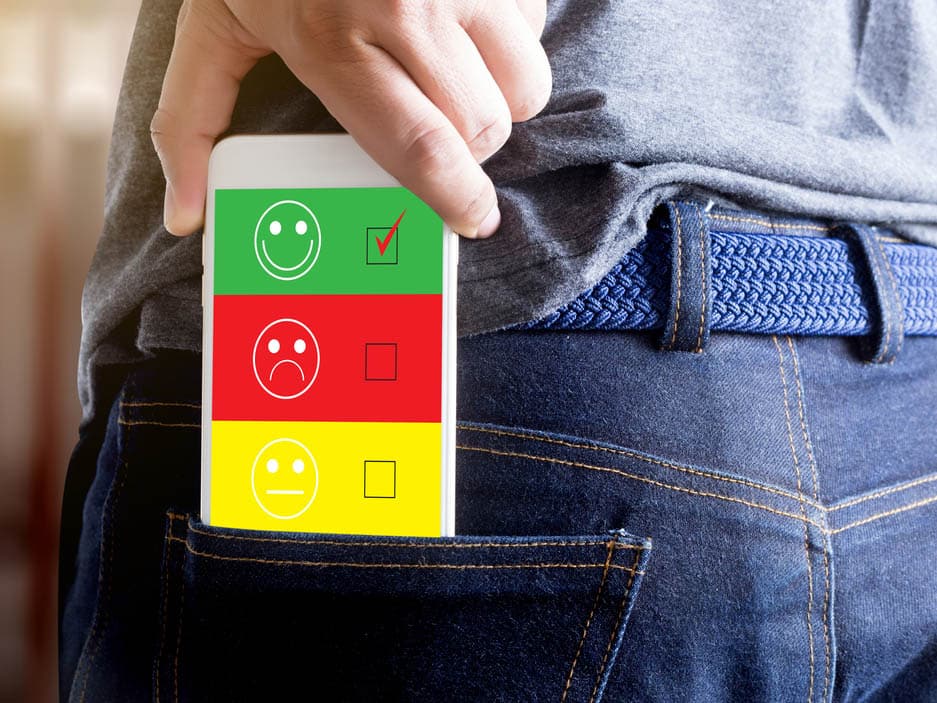Improving customer experience is priority #1 of top executives for the next 12 months (Lemon and Verhoef 2016). At the same time Big Data is on every serious company’s agenda. How can Big Data contribute to creating a customer experience that will ensure customer retention ?
This is the topic of today’s article where we will question the usefulness of Big Data in today’s digital sphere (yes ! we’ll dare doing that !).
What is customer experience?
We are not going to invent one more definition of customer experience. There are already enough. Rather we will take over the definition given by two prominent scholars : Katherine Lemon (Boston College) and Peter Verhoef (University of Groningen) in the latest special issue of the Journal of Marketing, allegedly the most respected academic journal in the field. In their paper “Understanding Customer Experience throughout the Customer Journey”, Lemon and Verhoef (2016) argue that
“the total customer experience is a multi-dimensional construct that involves cognitive, emotional, behavioral, sensorial and social components”.
It neither starts nor stops with the product / service purchase. Customer experience is a journey that starts well before the purchase and ends up well after.
What do we know about customer satisfaction in 2020?
Customer satisfaction is one of the most researched topics in marketing since the 1970s. We wanted to make a specific point on the subject and invited Moshe Davidow, one of the most well-known researchers in this field, for a podcast. Find him in the podcast below. He explains the origin of satisfaction research, the current state of research and the rise of concepts such as customer loyalty and customer experience.
Can customer experience be measured?
Lemon and Verhoef go on to explain that there is no such thing as a validated customer experience scale. Hence only partial measurement is possible. Some firms will focus on brand experience, others on satisfaction, loyalty or word-of-mouth, others yet on service quality.
Recent advances in the field of customer experience measurement have led to measure particular aspects of customer experience. Klaus and Maklan (2013) for instance propose to divide customer experience into “peace of mind”, “moments of truth”, “outcome focus” and “product experience’.
One is clear however. The “voice of the customer” is the only way, as of today, to get an understanding of the complex constructs at play within the sphere of customer experience. In other words the customer has to be asked and has to give an explicit feedback.
This being said, how do customer satisfaction and customer experience match the aims of Big Data?
Big Data is rooted in data production
Big Data technologies rely on the the analysis and exploitation of correlations between signals and tracks left behind by consumers. Nowadays most signals and tracks are of implicit nature as we explained in another article.
As Antoinette Rouvroy (2013) puts it :
“[in the Big Data collection process] each element is reduced to its rawest nature, i.e. independent of the context and reduced to raw data. A data becomes only a signal without own meaning […] which is why data pretends to be perfectly objective : heterogeneous, without any intention, so material and not subjective, such data is unable to lie”.
Because Big Data modelling improvements are based on the quantity of data, and given that data storage capacities have become limitless, the first challenge to tackle for firms is to “produce data”. If data production has become a priority, the question to be answered is whether human behaviors can always be “datafied”, whether a signal can be produced under any circumstances (see the article we wrote on measuring satisfaction in our bodies)
Conclusion : can Big Data be used to measure or improve customer experience ?
We think Big Data is useless if you want to measure or improve customer experience. As discussed above customer experience is multisensorial and requires, if one wants to measure it, to use perceptions scales (let alone that such scales don’t exist yet).
For perception scales to deliver results, customers need to be asked. Their explicit feedback is required. Yet, Big Data is based mainly on implicit data, which is easy and cheap to collect and satisfies firms’ quest for “more data”.
Moreover no implicit data can be collected reliably on emotions or senses. One will always have to rely on “proxys”, i.e. on some kind of indirect measurement trying to mimic a difficult construct.
For those reasons Big Data currently offers a short-term perspective focusing on “ripping the low-hanging fruits”. The real challenges of companies can’t be addressed with Big Data only; qualitative research, along with sound modelling and ethical judgments will be more than ever needed in the future. Big Data is not only a matter of statistics.
image : shutterstock
Posted in big data, Innovation, Marketing.
